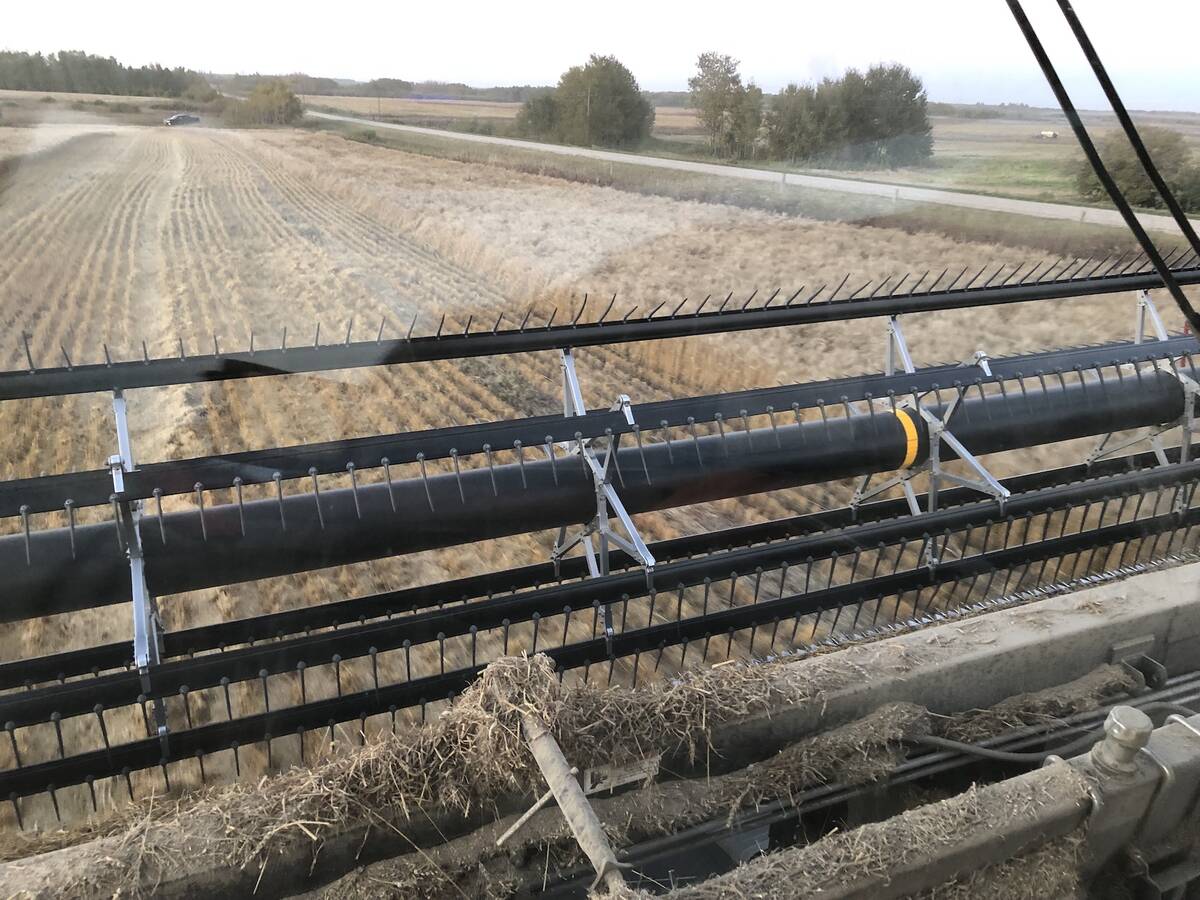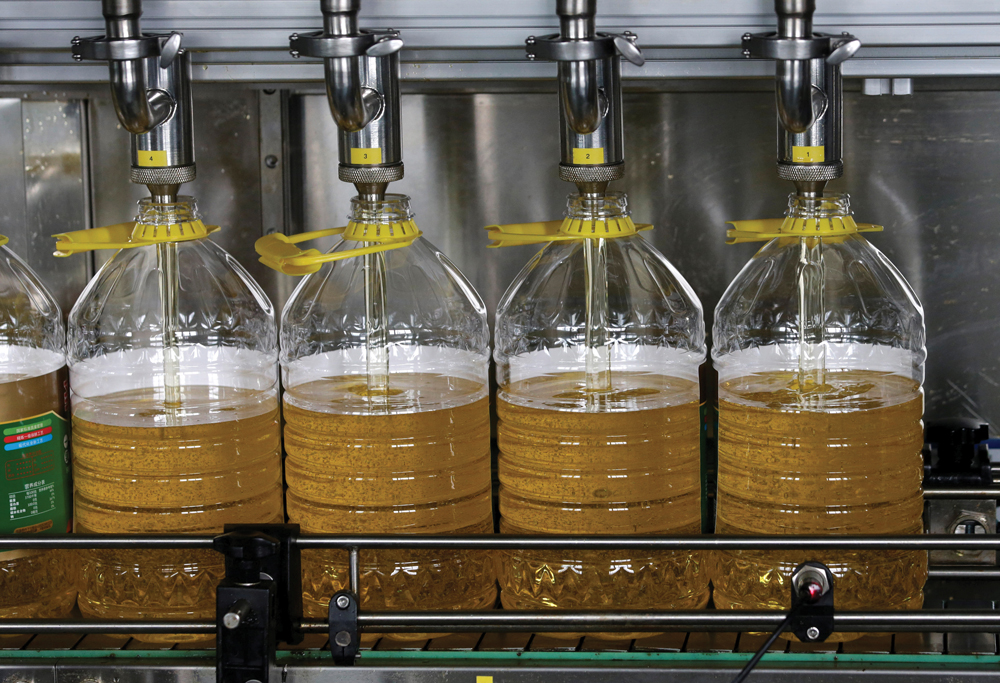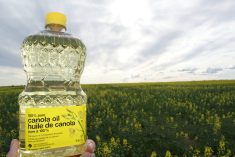Canola continued its astronomical rise during the last week of April, with little to show in the way of any sudden tumble in prices. However, that’s not to say such an event wouldn’t happen, as nothing is a sure thing in the market — well, other than “what goes up must come down”… eventually.
As the nearby May contract wrapped up its trading days before expiry, its contract high was just short of $1,221 per tonne during the week. Old-crop July also set a new contract high of $1,214, while new-crop November shattered the $1,100 ceiling, setting a high of almost $1,127. It remains truly mind boggling that these contracts have more than doubled in price over the last year.
Before they eventually start some kind of descent — slow, fast or otherwise — there’s scuttlebutt in the trade that July 2022 soyoil on the Chicago Board of Trade could top a whopping 90 U.S. cents per pound in the coming weeks. The old-crop May contract already bust through that at 90.69 U.S. cents/lb., while the July sits neatly within striking range with a high of 86.69. Should soyoil carry on its path, it will of course bring canola along for the ride.
Read Also

The poetic epic of Manitoba farming 2025
Former Manitoba Co-operator editor John Morriss returns for his yearly poetic sum up of the farming year and look ahead into 2026.
But what’s all behind this surge in prices reaching heights to where the air is too thin to breathe?
One obvious reason is the war in Ukraine, with the country’s farmers unable to seed much in the way of any kind of crop this spring. With Ukraine unable to match its world-leading production of sunflower, countries are looking to other sources to meet their oilseed needs.
There are also high crude oil prices. While crude has pulled back from much higher prices, remaining firmly over US$100/barrel is good news for edible oils.
As for canola, there remains a large amount of uncertainty over the 2022-23 crop. On parts of the western Prairies, it’s already in the ground or will soon be. On the eastern Prairies, wet conditions will delay seeding well into May, especially across southern Manitoba.
Then comes the wait: what kind of a start does the crop get? Will it receive the precipitation it needs in drier areas, while wetter areas dry out? Will the weather co-operate through the summer, avoiding a repeat of last year’s ignominious drought? How many acres will actually be planted this spring?
Statistics Canada has put forth its estimate of 20.9 million acres, a seven per cent drop from 2021. Its figure was about one million acres below trade expectations, but revisions — upward or downward — will soon follow.
Once the market gets a firmer grasp of what’s probably to come this year, then canola might cool off. Given the disaster last year, an average crop this year will be seen as a bountiful harvest. And that would very likely spell the end of $1,200 canola.
















